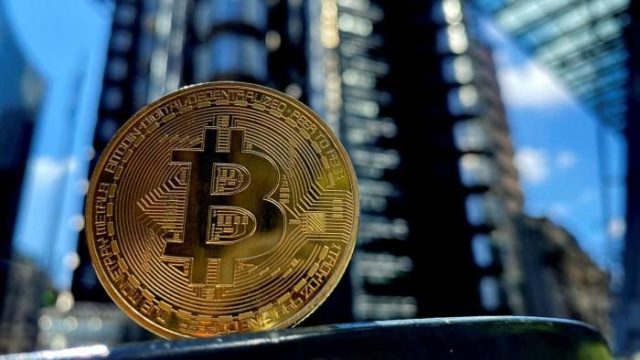- Comments from Fed policymakers on the outlook for monetary policy will come under scrutiny by investors this week.
- Markets see less likelihood that the Fed will maintain its monetary policy in September.
- The outlook for Fed rates could influence the performance of the US dollar against its main rivals.
Federal Reserve (Fed) officials are scheduled to give speeches later this week, as investors reassess the outlook for interest rates following April's Consumer Price Index (CPI) data. According to CME's FedWatch tool, the probability that the Fed will not modify its interest rates in September is around 35%.
Richmond Fed President Thomas Barkin, Fed Governor Christopher Waller, New York Fed President John Williams, Boston Fed President Susan Collins, and Boston Fed President Cleveland, Loretta Mester, are among the Fed officials who will speak on Tuesday.
The Fed has adopted a cautious tone regarding the timing of its policy shift following higher-than-expected inflation data for the first quarter of the year. The US Bureau of Labor Statistics reported on May 15 that the Consumer Price Index (CPI) rose 3.6% annually in April. This figure, which followed the 3.8% increase recorded in March, was in line with market expectations. In monthly terms, both the CPI and the core CPI increased by 0.3%, after having increased by 0.4% in March. The US Dollar (USD) came under downward pressure as market participants assessed inflation data and the USD Index fell to its lowest level in over a month, losing more than 0.7% weekly .
The president of the San Francisco Fed, Mary Daly, noted Monday that while he expects shelter-in-place inflation to improve slowly, he said he doesn't expect progress to be rapid. The Fed's Daly also noted that he is not confident that inflation is falling sustainably toward the Fed's 2% inflation target.
The Vice President of Supervision of the Fed, Michael Barr, said the Fed is in a good position to keep policy stable and monitor the economy, according to Reuters. For his part, the Vice Chairman of the Fed Board of Governors, Phillip Jefferson, acknowledged that the better inflation reading for April was encouraging and added that it was too early to know whether the recent slowdown in the disinflationary process would be lasting.
Last week, Michelle Bowman, a member of the Fed Board of Governors, said that progress on inflation may not be as constant as many expected. Cleveland Fed President Mester stressed that maintaining the current levels of Fed policy will help bring inflation, still high, back to the 2% target. Richmond Fed President Thomas Barkin told CNBC last Thursday that the latest Consumer Price Index (CPI) data showed inflation was not where the Fed intends to be. Finally, New York Fed President Williams argued that a short-term rate cut was not necessary.
The Fed FAQs
The monetary policy of the United States is directed by the Federal Reserve (Fed). The Fed has two mandates: achieving price stability and promoting full employment. Your main tool to achieve these objectives is to adjust interest rates. When prices rise too quickly and inflation exceeds the Federal Reserve's 2% target, it raises interest rates, raising borrowing costs throughout the economy. This translates into a strengthening of the US Dollar (USD), as it makes the United States a more attractive place for international investors to place their money. When inflation falls below 2% or the unemployment rate is too high, the Federal Reserve can lower interest rates to encourage borrowing, which weighs on the greenback.
The Federal Reserve (Fed) holds eight meetings a year, in which the Federal Open Market Committee (FOMC) evaluates the economic situation and makes monetary policy decisions. The FOMC is made up of twelve Federal Reserve officials: the seven members of the Board of Governors, the president of the Federal Reserve Bank of New York, and four of the eleven presidents of the regional Reserve banks, who serve for one year on a rotating basis.
In extreme situations, the Federal Reserve can resort to a policy called Quantitative Easing (QE). QE is the process by which the Fed substantially increases the flow of credit into a clogged financial system. It is a non-standard policy measure used during crises or when inflation is extremely low. It was the Fed's weapon of choice during the Great Financial Crisis of 2008. It involves the Fed printing more dollars and using them to buy high-quality bonds from financial institutions. QE usually weakens the US dollar.
Quantitative tightening (QT) is the reverse process of QE, whereby the Federal Reserve stops buying bonds from financial institutions and does not reinvest the capital of the maturing bonds it has in its portfolio to buy new bonds. It is usually positive for the value of the US Dollar.
Source: Fx Street
I am Joshua Winder, a senior-level journalist and editor at World Stock Market. I specialize in covering news related to the stock market and economic trends. With more than 8 years of experience in this field, I have become an expert in financial reporting.







